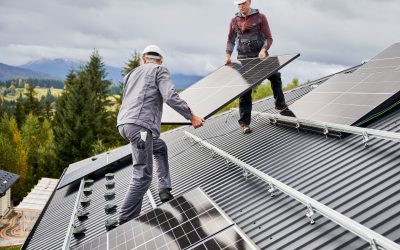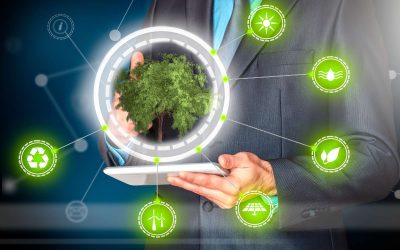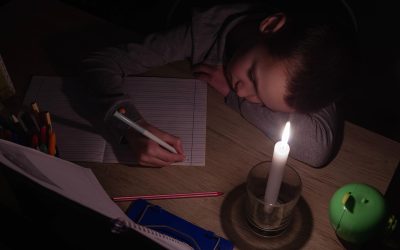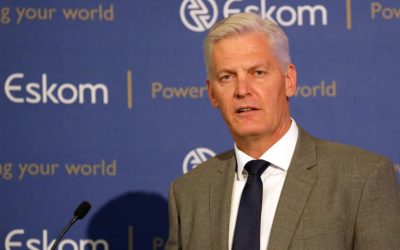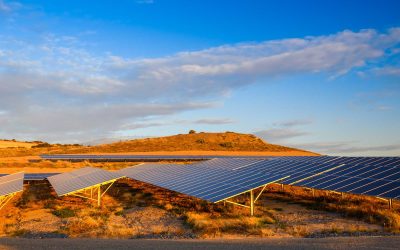Last week, the newly elected electricity minister Kgosientso Ramokgopa gave a report on his visits to all the country’s power stations [1]. Overall, I get the sense that the minister has a good understanding of where we are and what the possibilities are for getting us out of our energy crisis. This is somewhat comforting.
There are a few statements, however, that the minister made regarding renewables that are a bit misguided. The minister did mention that he would be meeting with the renewables sector. So, we hope that these items are cleared up when that meeting takes place. For now, here are the points that need correction.
The minister notes that, while the coal fleet is based in Mpumalanga. The renewables fleet, or “complex” as he calls it, he says is based in Northern Cape. The Northern Cape has a great solar resource. However, we have great wind all over the country, and it’s certainly some of the best along the coast. It appears then that when the minister is speaking of renewables, he is considering mainly solar power. He repeated this idea throughout his address.
As he continued his talk, it became apparent that this error in thinking has led him to further errors in his understanding of the benefit of renewables. For example, he stated that “when you do PV, you must pair it with batteries, at least to attempt to give you the baseload”. He also stated that “Renewables, they come in at 8:30 to 16:30, my peak is earlier than that in the morning, and later than that in the evening”.
South Africa has great potential for solar power. That is true. But it is also true that the country has great potential for wind power. Further, our country’s potential for wind power significantly exceeds the potential for solar power. When considering renewables, we must consider both solar and wind. We must understand that these technologies operate very differently. We must understand that we a looking to have more wind power installed than solar. This is what is reflected in our Integrated Resource Plan (IRP) [2].
This is important because, unlike solar, wind power is available 24 hours a day. At some times and in some places, there may be periods of low wind. But, as per wind resource studies, the wind is always blowing somewhere in the country. Looking at the combination of wind and solar resources, the CSIR showed in 2015, that we could run the country on 70% renewables. This includes both wind and solar. The balance would consist of whatever is left of coal and nuclear as well as flexible generation.
Here is what a typical week would look like with such a system (taken from [3]):
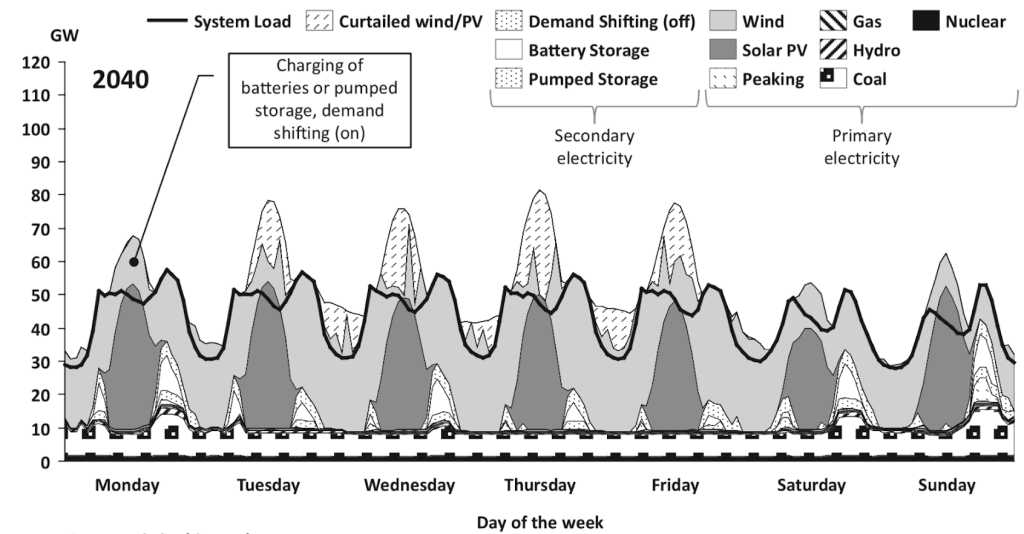
There are no large battery installations, and there is no significant increase in pumped storage capacity. Flexible generation here is mainly gas to power and hydroelectricity. The minister needs to have a better understanding of what is possible with a combination of wind, solar, and flexible generation. Baseload power is simply not necessary.
The minister then stated that we should not be thinking of renewables vs. fossil fuels. He stated that we need both. This is only half correct. When we say fossil fuels, if we mean coal, then this is not true. I’ve written previously on the incompatibility between renewables and baseload coal and nuclear. Alternatively, if we mean natural gas or diesel for open-cycle gas turbines, then yes, this is true. This technology is flexible generation that can complement variable renewables generation.
After stating that about 2000 MW is set to be decommissioned from our coal fleet, the minister asked, “How do we replace this?” He indicated that Komati power station, a 1000 MW plant, was decommissioned and in its place, a combination of solar, wind, and batteries would be installed to give an effective capacity of about 200 MW. The minister asked, “Where’s the math there?”
It’s really simple: Do the same thing at 4 more locations (4 more locations that are not currently power stations). There’s the math. Each additaional location can be handled by 4 different independent power producers. The projects can be run in parallel and could take 2 years to complete. So that would be 1000 MW of capacity gained over two years. CSIR has shown that this would be much cheaper (to the tune of R90b annually), and it’s certainly much quicker (2 years, vs. 15 years), than building another coal-fired or nuclear power station.
The solutions to our energy problems are very simple. But, for those who are accustomed to baseload coal, it being all they’ve known for most of their working lives, the solutions are not obvious. It’s most likely for this reason that the minister wants to extend the life of the coal fleet. Old ways are tough to change.
References:
[1] “Ramokgopa sheds light on electricity crisis”. YouTube. https://www.youtube.com/watch?v=DFcfekHrXKA (Accessed 13 April 2023)
[2] Integrated Resource Plan (IRP 2019). Depart of Energy. Online. https://www.energy.gov.za/irp/2019/IRP-2019.pdf (Accessed 13 April 2023)
[3] Bischof-Niemz T., Creamer T. 2019. “South Africa’s Energy Transition: A Roadmap to a Decarbonised, Low-cost and Job-rich Future”. Routlege.





